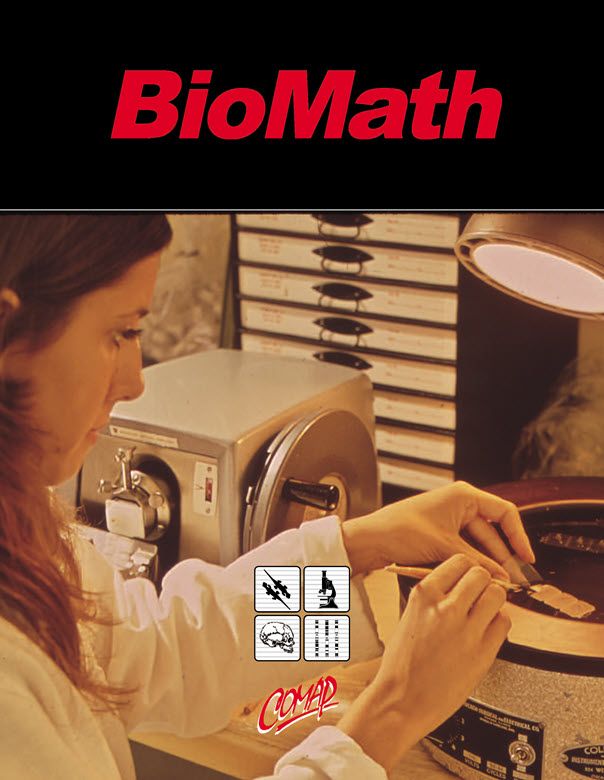Mathematical Modeling of Disease Outbreak (Student)
Author: Published by COMAP, Inc. in conjunction with DIMACS, Rutgers University.
What is the BioMath Connection (BMC) Project?
BMC was a pioneering project linking biology and mathematics in the high schools. It provided an opportunity for high school teachers, writers, researchers, and others to get in on the ground floor of developing innovative classroom materials. The materials consist of 20 modules that can be flexibly adapted for use in a variety of courses at a variety of grade levels in both biology and mathematics. The project was run by DIMACS at Rutgers University in collaboration with the Consortium for Mathematics and its Applications (COMAP) and Colorado State University (CSU).
While the 20th century saw a marked decline in infectious disease deaths and an impressive eradication of some infectious diseases, current populations are still faced with outbreaks of new diseases and the resurgence of some previous declining diseases. Disease control in the 20th century resulted from improved sanitation and hygiene, the discovery of antibiotics and the introduction of worldwide childhood vaccination programs. Science and technology played major roles in these improvements. In the 21st century, scientists, researchers, public health officials and governments continue efforts to control infectious diseases such as HIV, West Nile virus, various strains of influenza, severe respiratory syndrome (SARS) and encephalopathy. This unit is about the study of infectious diseases - their causes, prevention, spread, and control.
Topics
Biology: The biology content relates to those microorganisms whose names are generally referred to as "germs": bacteria and viruses. Students should have already learned some basic information about bacteria and viruses so they can apply the principals of epidemiology to what they already know. In addition, students will simulate the spread of a disease with a hands-on investigation - an activity that dramatically convinces students how a disease can spread rapidly.
Mathematics: The mathematical knowledge and skills used in this unit are probabilistic in nature, beginning with the calculation of probabilities and rates (as in a germ's basic reproduction number, called R0). Students also learn to think symbolically and numerically by working with relationships among the number of cases (patients) who are initially in a "susceptible" state and move to the "infected" state, and eventually to the "recovered" state.
Prerequisites
Biology: Know the parts of a cell, basic differences among bacteria, viruses and eukaryotic cells, and elementary ideas of epidemiology.
Mathematics: Be familiar with the concept of probability and use of simple formulas.
Length
This unit consists of 6 lessons and an assessment. It will take 7-8 class periods (45-minutes each) if the majority of work is done during class.

Mathematics Topics:
Application Areas:
Prerequisites:
You must have one of our Free Memberships or a paid Full Membership to download this resource.
If you're already a member, login here.